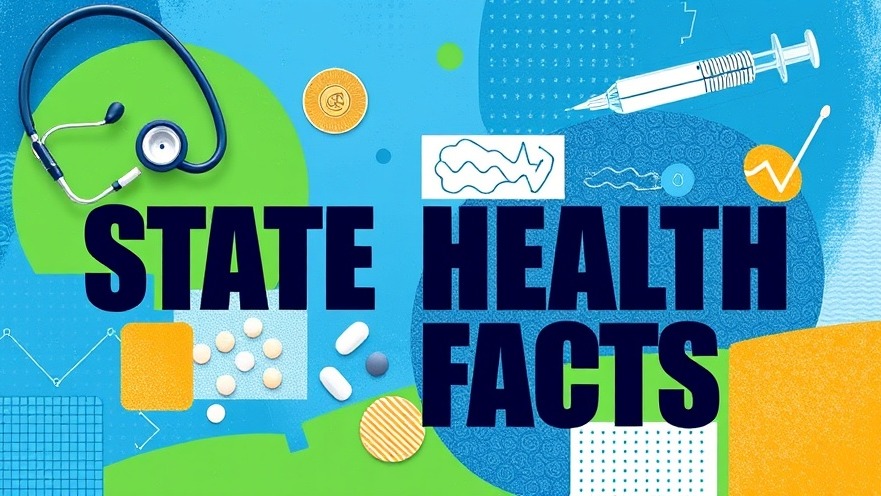
Understanding State Health Indicators: A Comprehensive Overview
In an era where health and wellness have become paramount, a treasure trove of data is available through the KFF’s State Health Facts. This platform not only provides over 800 up-to-date health indicators but also empowers users to map, rank, and download vital statistics pertinent to health coverage, morbidity, and more, across each state. For suburban professionals keen on maintaining their health, understanding these indicators can profoundly inform personal and community health management.
Deciphering Health Coverage Trends After the ACA
One significant finding highlighted is the decline in uninsured rates among children and adults, nearly a decade after the Affordable Care Act (ACA) was fully rolled out. As policymakers and health advocates analyze this shift, it’s critical for professionals to recognize how increased health coverage reflects broader societal health trends, impacting everything from workplace wellness programs to local healthcare providers.
The Importance of Race and Ethnicity in Health Statistics
A notable indicator within KFF’s repository is the total infant deaths by race/ethnicity. This data reveals stark disparities that are essential for healthcare professionals and policymakers to address. A closer look at these figures enables stakeholders to design targeted interventions aimed at reducing mortality rates among specific communities.
Medicaid Enrollment Insights: What They Mean for Professionals
Another critical aspect is the monthly Medicaid and CHIP enrollment statistics. Understanding the fluctuations in enrollment can help identify trends in healthcare access and socioeconomic mobility. For those working in health-related fields, this kind of insight could inform program development, branding strategies, and community outreach efforts.
The Impact of Recent Legal Changes on Abortion Access
The Supreme Court’s decision to overturn Roe v. Wade has led to varying responses across state lines, directly influencing community health resources and access to care. Suburban professionals must remain aware of how these legal shifts can affect their peers and patients alike, shaping future health trends and discussions in their communities.
Future Trends: Preparing for the Next Wave of Public Health Challenges
The challenges posed by health epidemics and the evolving landscape of public health necessitate vigilant monitoring. For example, states are enacting new policies regarding Medicaid postpartum coverage, and conversations around these changes are essential. Professionals need to prepare for future impacts on the healthcare system, including potential shifts in fitness and wellness initiatives based on demographic changes.
Actionable Insights from State Health Data
With the ability to compile custom reports across various health topics, the KFF tool serves as an invaluable resource for suburban professionals. By utilizing this platform to focus on specific health issues, individuals can better allocate resources, improve their organizational health initiatives, and address the unique needs of their communities.
Understanding the available data allows health professionals to navigate their roles more effectively, providing clearer insights into patient needs and responses to health policies. It's vital that these users embrace the wealth of knowledge available to make data-driven decisions that enhance community health.
Concluding Call to Action
For suburban professionals eager to enhance their health knowledge and impact, diving into state health data is imperative. Leverage these insights to foster discussions around health trends and fitness initiatives that resonate with your community's needs. The data is at your fingertips—explore it to empower informed decisions!
 Add Row
Add Row  Add
Add 




Write A Comment